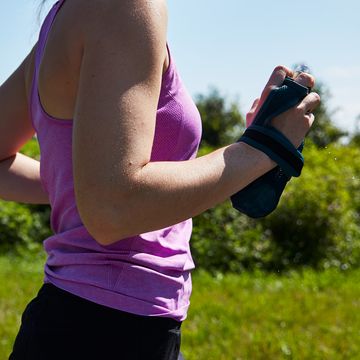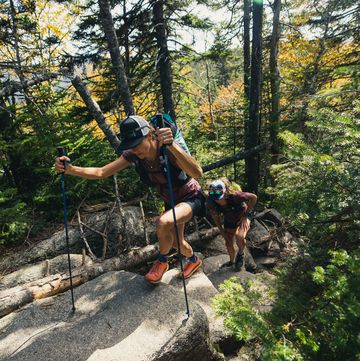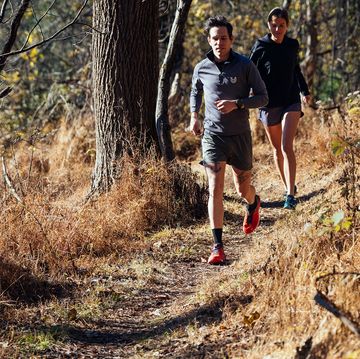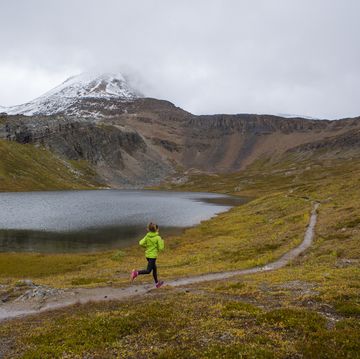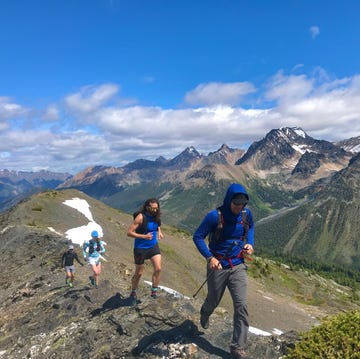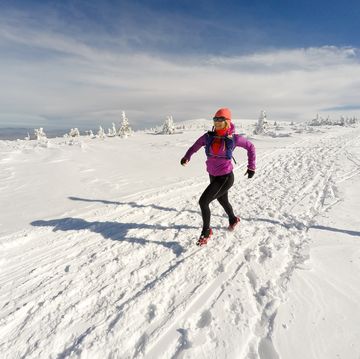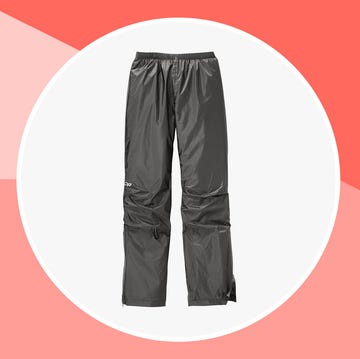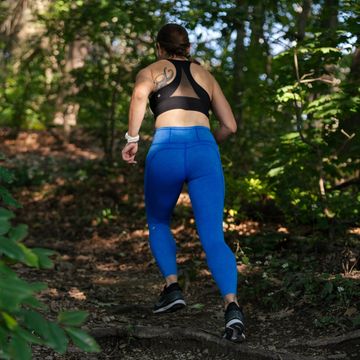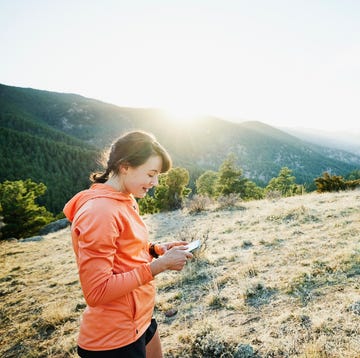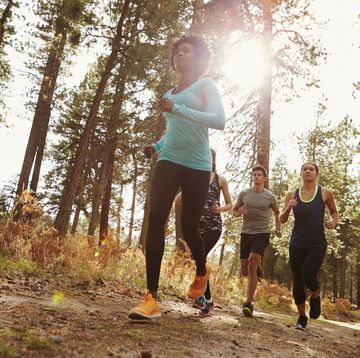Heading out on a trail instead of pavement is appealing for so many reasons. Escaping into the woods or meadows gives you a nature experience that a road run often cannot, and a trail's softer surface gives your body a break, too.
The benefits of trail running span the physical, mental, emotional, and spiritual areas of your life. And doesn’t that cover pretty much all of it? Here are a few ways trail running is good for you and some tips on how to get started.
Good for Your Body
“Trails are going to take away a lot of stress from the impact that you’d normally get running on harder surfaces,” says Dr. Scott Levin, a sports medicine expert and orthopedic surgeon. “Some of the forces that would normally be transmitted from the pavement up to the ankles, knees, shins, and hips are dissipated when the foot hits the ground on the trails because there’s some give there.”
“With knee pain, especially, and ITB syndrome, shin splints, and any other condition that is worsened with increased impact," says Dr. Levin, "the lesser impact of running trails is going to feel better than pavement. Trail running may be more beneficial for preventing most forms of tendinitis; however, there is some evidence to suggest that running on a harder surface would be less aggravating for Achilles tendinitis."
Good for Your Brain
Trails provide an undeniable escape from what can be an otherwise hectic day. Eliminate the outside environment of cars and other city noises and import sounds of birds and trees rustling in the wind, and you’ve got an entirely difference experience.
“Spending time in nature can give a person a spiritual connection,” says Shoshona Bennett, a clinical psychologist who specializes in treating women with postpartum depression. “You feel like you’re connected to something bigger, and that’s Mother Earth. When a woman [or man] looks at the trees, the birds, the sun, it’s very grounding."
Proceed, With (Some) Caution
A trail doesn’t have to be steep, rocky, or riddled with roots to be called a “trail” or to give you any of the benefits of mind and body. Simply finding a non-paved surface, like a packed dirt road, wood-chip-covered path, or Rail Trail, will allow you to ease up on your joints and enjoy nature.
Dr. Levin recommends running a flat trail at first before graduating to a more challenging route with uneven surfaces or changing incline. Once you do start venturing onto technical trails, take heed.
“You have to be a little more on guard as far as to where you’re stepping,” Dr. Levin says. “There’s a higher risk of acute traumatic injury, like an ankle sprain.”
However, running on an uneven surface can make you stronger overall. “You’re going to be recruiting more of the smaller, more stabilizing muscles that we rely on for proprioception and balance, especially around the ankles,” Dr. Levin says.
And when making your foray into trail running, “Don’t push at the beginning,” he says. “Let yourself progress.”
But don’t let trails intimidate you. After all, it’s just dirt.



